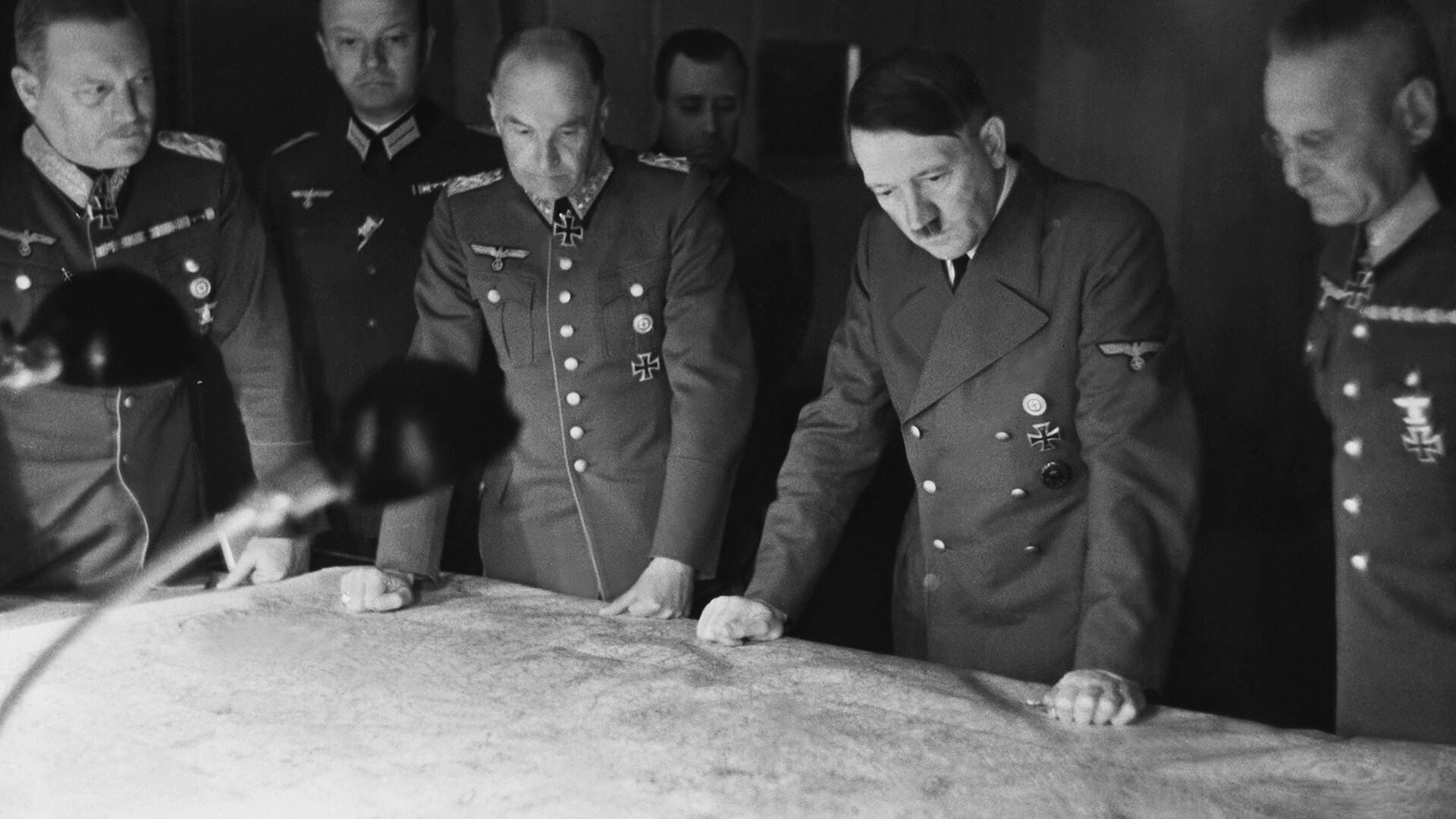
Adolf Hilter with the Wehrmacht generals, August of 1941.
Keystone-France/Gamma-Keystone via Getty ImagesOn June 22, 1941, German troops crossed the western border of the Soviet Union, successfully broke through the Red Army defenses and pushed on in the direction of Leningrad, Moscow and Kiev. In a relatively short period of time, they had occupied vast areas of Ukraine, Belarus and the Baltics.
It is well known that, in 1941, the German military command’s plans included the capture of the Soviet capital, but the attempt ended in failure. The following year, the Wehrmacht aimed to reach the Volga River and seize Stalingrad and then the Caucasus with its rich oil deposits.
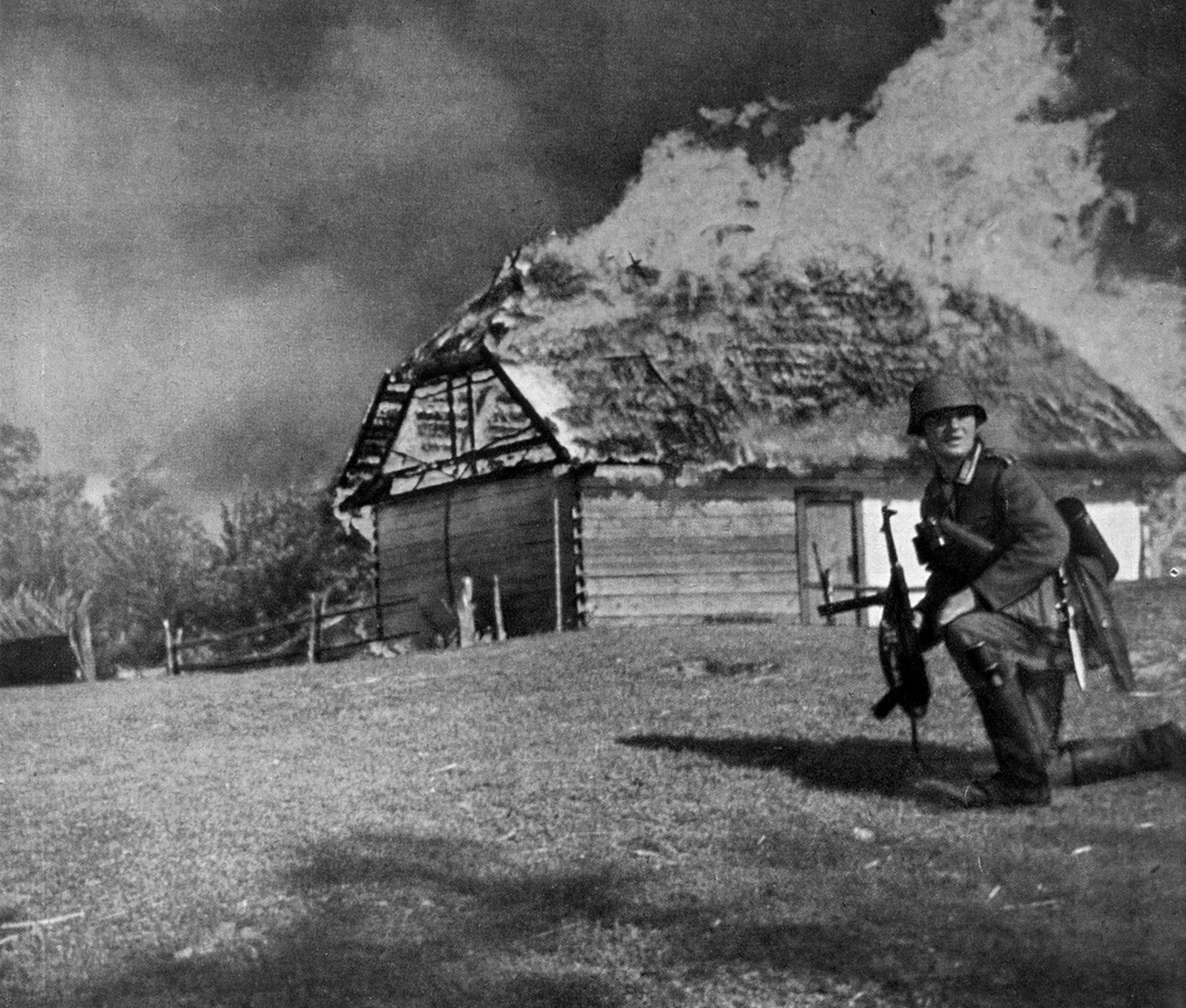
German soldiers fighting in the Soviet Union.
Getty ImagesBut what was the ultimate goal of Hitler’s “crusade against Bolshevism”? At what frontiers was the German army to stop? And what fate would have awaited the USSR had it lost the war?
The Nazis were well aware that they would not be able to occupy all of Soviet territory up to the Pacific coast. “The exceptional size of Russian territory makes it absolutely impossible to conquer it completely,” Generalfeldmarschall Wilhelm Keitel, chief of the Wehrmacht High Command, noted.
After defeating the Red Army - it was assumed that it would take from six to 10 weeks to achieve this - the German troops were to move to a line stretching from the Volga to Arkhangelsk. According to the plan behind ‘Operation Barbarossa’, a defensive “barrier against Asiatic Russia” was to be established there. “The last industrial area remaining in Russian hands in the Urals can be paralyzed by the air force,” the document stated.
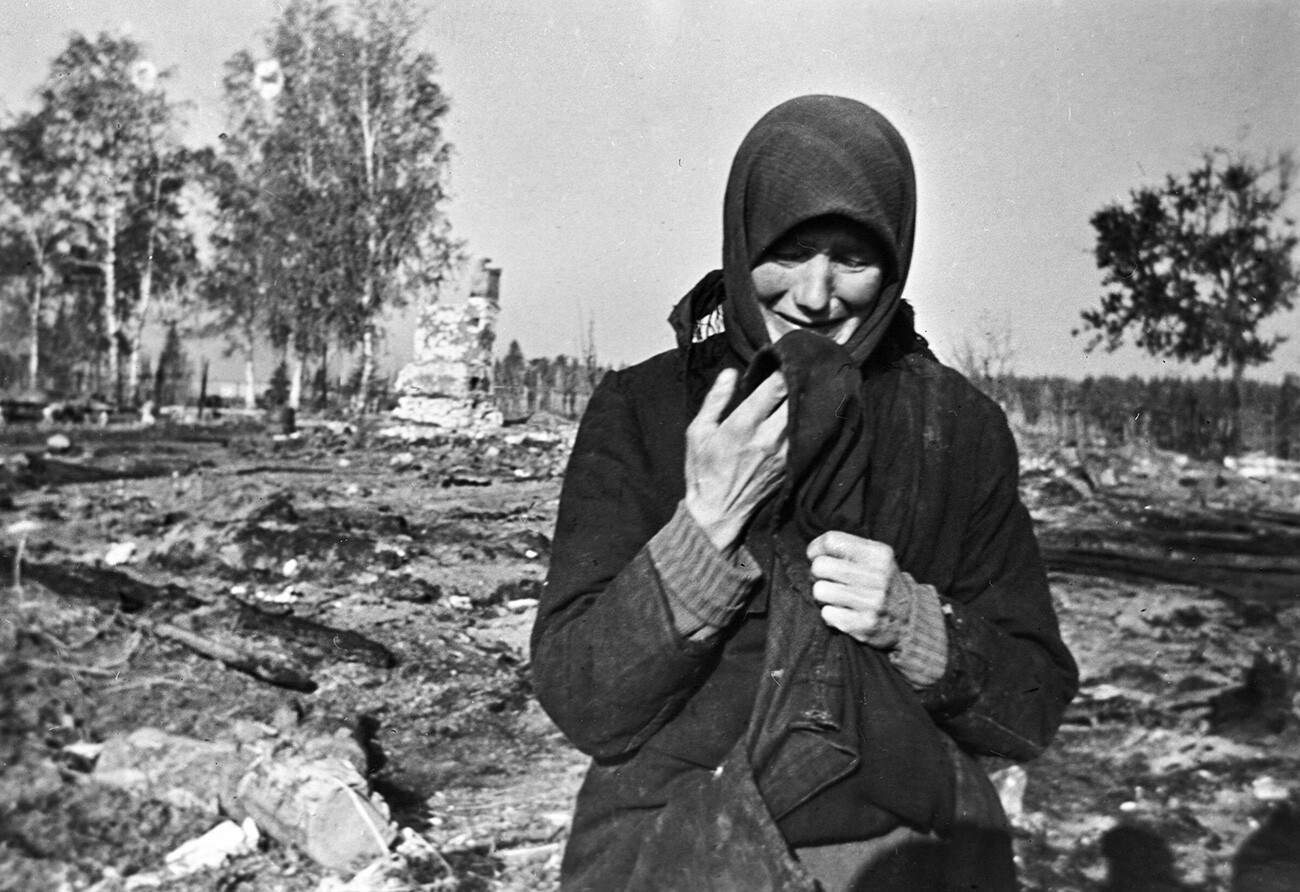
Soviet woman weeping on the ruins of her native village burnt by the Nazis.
Oleg Knorring/SputnikIn view of the Wehrmacht’s significant military advances, this operational and strategic frontier was moved substantially eastwards, right up to the Ural Mountains themselves. “The Reich will only be secure if no foreign military force exists west of the Urals; it is Germany that undertakes… the protection of this area,” Hitler said on July 16, 1941.
It was presumed that, deprived of Caucasus oil (the oil fields in Siberia had not yet been discovered), a defeated USSR would simply disappear from the political map of Europe as a unified state, while its remnants would not be able to threaten Germany in any way. The Russians would also lose the entire Far East and part of Siberia up to Lake Baikal, territories which, under the Kantokuen strategic plan, Japan was supposed to seize.
Hitler was not going to neglect his European allies, either. It was planned to give eastern Karelia and a razed Leningrad to the Finns and Bessarabia and part of Ukraine to the Romanians.
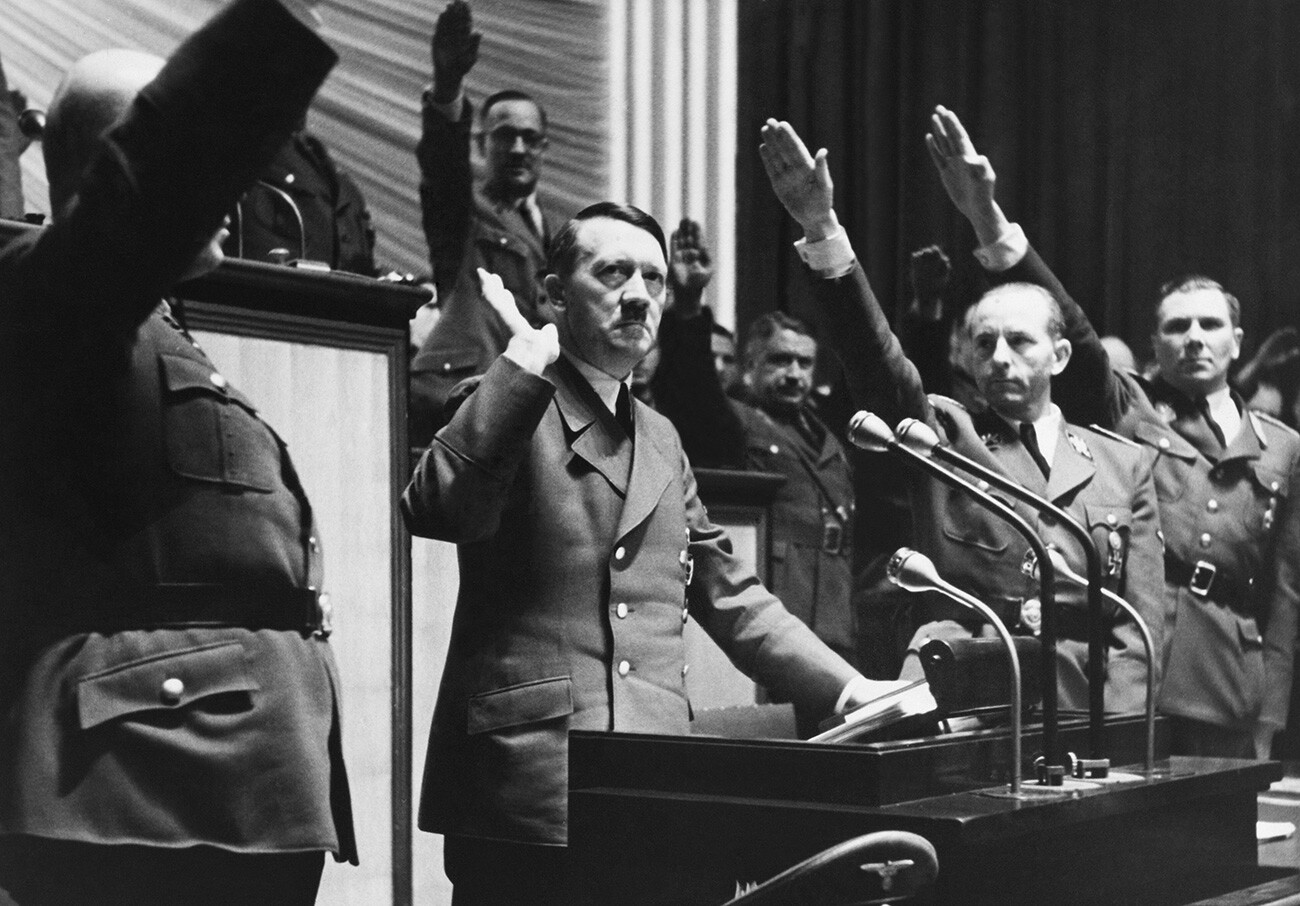
Adolf Hitler.
Keystone-France/Gamma-Keystone via Getty ImagesThe Nazi leadership had no precise understanding of what the administrative-territorial structure of the occupied territories would be. Some regions were supposed to be directly incorporated into the Third Reich in the future, while others were to have the status of semi-dependent territories, “military colonies” and so on.
In the meantime, administrative entities, known as ‘Reichskommissariats’, were being set up to carry out the wholesale plunder of the seized territories. Reichsmarschall Hermann Göring, who was responsible for the economic exploitation of the Soviet territories, declared: “In the East, I intend to pillage and to pillage effectively. Everything in the East that can be useful to the Germans must be removed and shipped to Germany at lightning speed.”
Fighting had not yet finished and the Red Army had not been defeated and, yet, the Third Reich was already busy planning how to resettle Germans in its newly-acquired Lebensraum (“living space”). Among the organizations that put forward schemes for the Germanization of Soviet territories were the Reich Security Main Office, the Reich Ministry for the Occupied Eastern Territories, the German Labor Front and the Wehrmacht High Command.
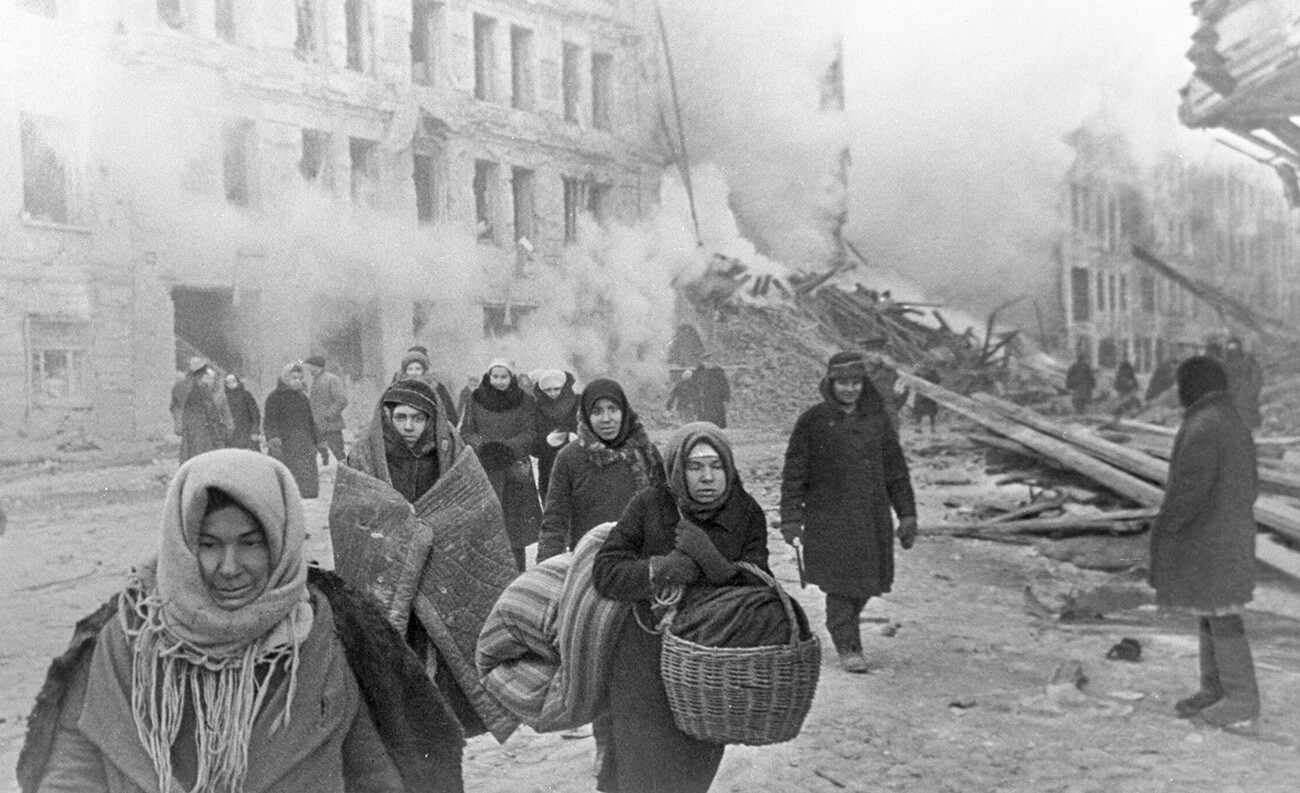
Leningradians leaving their houses destroyed by Nazi bombings.
Boris Kudoyarov/SputnikThe so-called ‘Generalplan Ost’ (‘Masterplan for the East’), details of which have only partly been revealed, emerged through the collective efforts of several institutions. Under the plan, within 30 years of the end of the war, no more than 14 million local inhabitants were to be left, under German control, in the European territories of the former USSR. The remaining 40-50 million people could expect resettlement to Western Siberia. “Brought up in a European spirit”, the Baltic peoples (above all Estonians and Latvians) were to be “Germanized” under the plan.
Without waiting for the “resettlement” to begin, the Nazis embarked on the physical annihilation of populations that were “undesirable from the racial point of view”. Mass executions took place of anyone with a Jewish or Gypsy background, as well as members of the political staff of the Red Army. Up to 7 million people perished as a result of a deliberate organized famine in the occupied territories, in prisoner-of-war camps and in besieged Leningrad.
Henry Picker, a member of the legal service at Hitler’s HQ, recorded his boss’ thoughts on the “Germanization” of former Soviet territories: “The goal of his Eastern policy in the long term was to assimilate this space for settlement by 100 million representatives of the German race. Every effort had to be made with resolute persistence to send one million Germans after another there. No later than in 10 years’ time, he wanted to receive a report saying that a minimum of 20 million Germans were living in the Eastern lands annexed to Germany or occupied by our troops.”
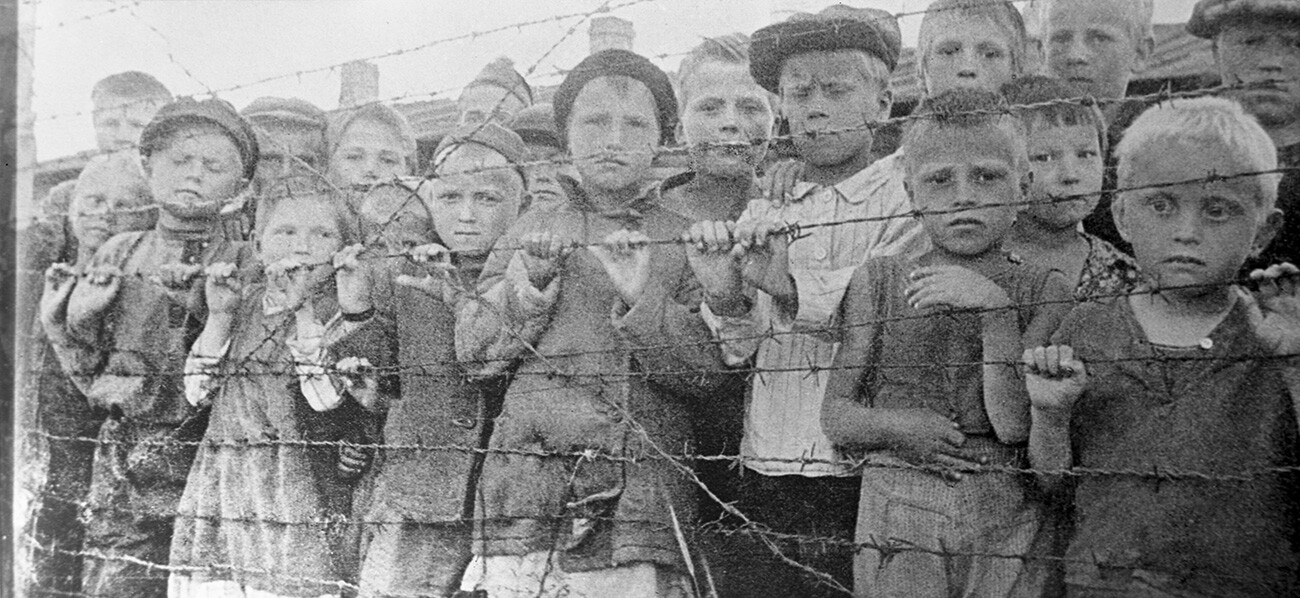
Children in the Nazi concentration camp Majdanek.
Sputnik“In the course of resettling Russian space, we must provide the ‘Reich peasants’ with exceptionally luxurious accommodation,” the Führer asserted in September 1941. “German institutions must be housed in splendid buildings - governors’ palaces. Everything Germans will need for their existence will be cultivated around them. Strikingly beautiful German villages, linked by the best roads, will extend within a 30-40 km radius around the town. A different world will emerge, in which the Russians will be allowed to live as they please. But on one condition: We shall be the masters.”
Russian children would attend a “people’s school”, but only up to fourth grade. According to Nazi ideologists, they would be required to know how to write their name, count up to 500 and also memorize that “God requires them to obey the Germans and to be honest, diligent and of good character”.
The population, after having been reduced to a primitive level and forced into a state of degeneration (by being deprived of quality medical care), was to be governed according to a “divide and rule” principle. “A Russian from the Gorky General Kommissariat must have the feeling instilled in him that he is different in some way from a Russian from the Tula General Kommissariat,” asserted Erhard Wetzel, who was on the staff of the Ministry for the Occupied Eastern Territories.
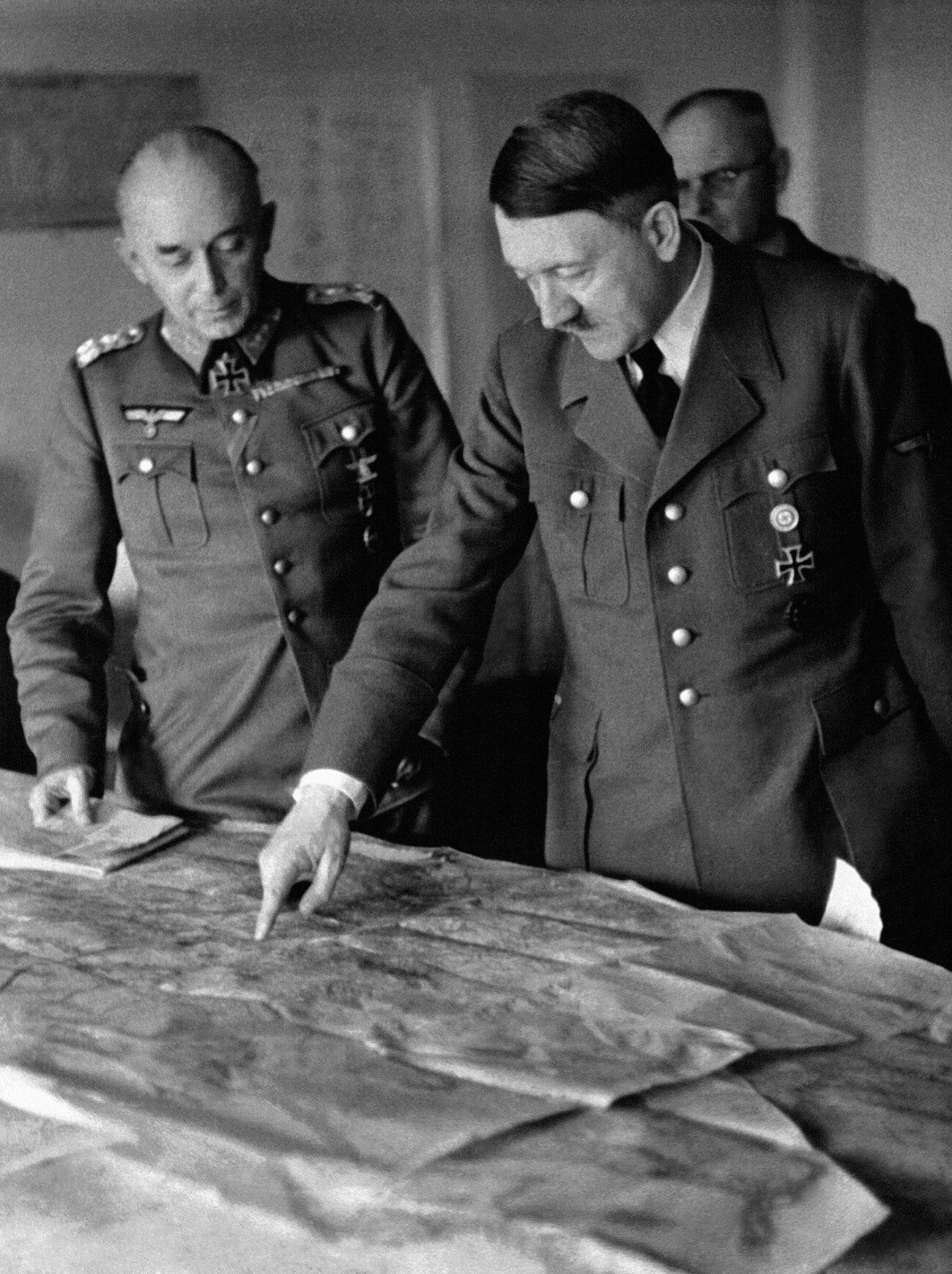
Adolf Hitler with the Wehrmacht commanders.
Keystone-France\Gamma-Rapho via Getty ImagesPlans for the colonization of Soviet territories continued to be drawn up during the whole period of the war, even after the fortunes of war had conclusively swung against the Nazis. In April 1945, when Soviet artillery was already pounding Berlin, Hitler continued to discuss the “Lebensraum” in the East for the German nation over dinner.
If using any of Russia Beyond's content, partly or in full, always provide an active hyperlink to the original material.
Subscribe
to our newsletter!
Get the week's best stories straight to your inbox